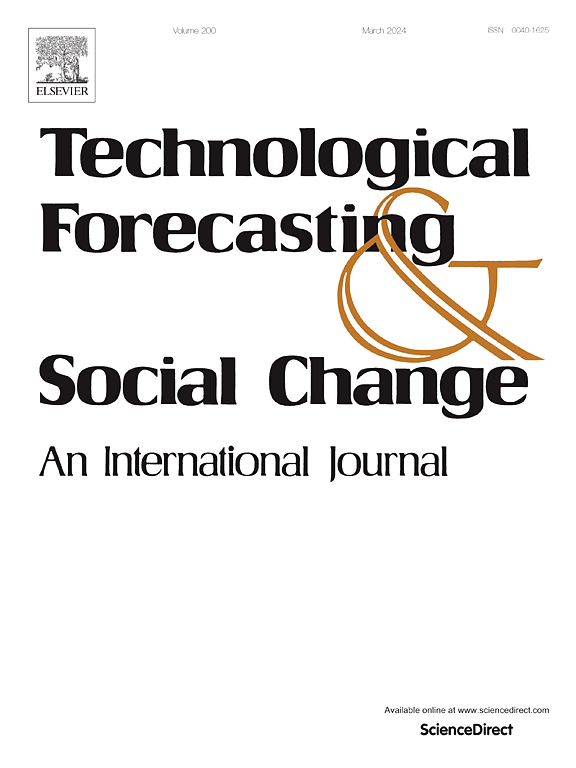AI driver or assistant? The impact of gendered interfaces on disempowerment dynamics in fully autonomous vehicles
IF 13.3
1区 管理学
Q1 BUSINESS
Technological Forecasting and Social Change
Pub Date : 2025-06-30
DOI:10.1016/j.techfore.2025.124259
引用次数: 0
Abstract
Fully autonomous vehicles (AVs), which operate without human input, pose unique challenges, particularly in how they disempower users and affect acceptance. Relying on Social Role Theory and the Theory of Automated Social Presence, we conducted four experimental studies to examine how interface characteristics influence disempowerment dynamics. We explored user preferences for gendered interfaces and the impact of the interface's role (driver vs. assistant). We also assessed gender dynamics (men vs. women) and how perceived anthropomorphism impacts disempowerment perceptions. Our findings indicate that while the interface's gender does not significantly influence disempowerment, the interface's role does, which highlights the importance of the AI role in interface design. In these dynamics, anthropomorphism emerges as a crucial factor countering feelings of disempowerment, with women feeling more disempowered than men, who tend to anthropomorphize AVs more. We investigated two interface innovations that could potentially address disempowerment: customizing the interface by providing choices and integrating a gender-neutral voice in the interface. Our results indicate that while providing choices does not impact disempowerment dynamics, integrating gender neutral voice reduces anthropomorphism, thereby increasing disempowerment effects. This reveals the necessity of developing neutral anthropomorphic voices to effectively balance inclusivity and disempowerment effects.
人工智能司机还是助手?性别界面对完全自动驾驶汽车中权力剥夺动态的影响
完全自动驾驶汽车(AVs)无需人工操作,带来了独特的挑战,特别是在如何剥夺用户的权力和影响接受度方面。基于社会角色理论和自动社会存在理论,我们进行了四项实验研究,以检验界面特征如何影响失权动态。我们探索了用户对性别界面的偏好以及界面角色(驾驶员与助手)的影响。我们还评估了性别动态(男性vs.女性)以及感知的拟人化如何影响剥夺权力的感知。我们的研究结果表明,虽然界面的性别不会显著影响剥夺权力,但界面的角色却会,这凸显了AI在界面设计中的重要性。在这些动态中,拟人化成为对抗被剥夺权力感的关键因素,女性比男性更容易感到被剥夺权力,而男性往往更倾向于将自动驾驶汽车拟人化。我们研究了两种可能解决赋权问题的界面创新:通过提供选择来定制界面,并在界面中集成性别中立的声音。我们的研究结果表明,虽然提供选择不会影响剥夺权力的动态,但整合性别中立的声音会减少拟人化,从而增加剥夺权力的效果。这揭示了发展中立的拟人化声音以有效平衡包容性和剥夺权力效应的必要性。
本文章由计算机程序翻译,如有差异,请以英文原文为准。
求助全文
约1分钟内获得全文
求助全文
来源期刊
CiteScore
21.30
自引率
10.80%
发文量
813
期刊介绍:
Technological Forecasting and Social Change is a prominent platform for individuals engaged in the methodology and application of technological forecasting and future studies as planning tools, exploring the interconnectedness of social, environmental, and technological factors.
In addition to serving as a key forum for these discussions, we offer numerous benefits for authors, including complimentary PDFs, a generous copyright policy, exclusive discounts on Elsevier publications, and more.

 求助内容:
求助内容: 应助结果提醒方式:
应助结果提醒方式:


